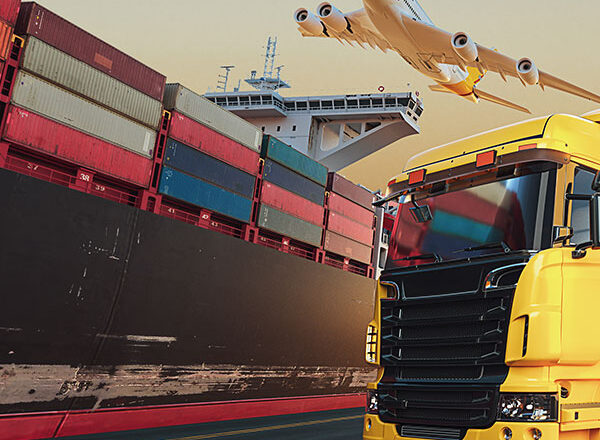🏢 Warehousing: The Core of Efficient Supply Chain Management
Warehousing plays a vital role in the supply chain by providing a central location to store, manage, and distribute goods before they reach their final destination. It helps businesses optimize inventory management, improve order fulfillment, and respond to market demands more efficiently.
Whether you’re an eCommerce retailer, manufacturer, or importer/exporter, efficient warehousing is essential for cost savings, customer satisfaction, and operational success.
📦 What is Warehousing?
Warehousing is the process of storing goods and materials in a designated facility, known as a warehouse, until they are needed for sale, distribution, or production. These storage facilities are equipped with systems and infrastructure to manage inventory, maintain security, and handle the movement of goods.
🧱 Types of Warehouses
-
Public Warehouse
-
Open to multiple businesses
-
Pay-as-you-use storage and handling services
-
Ideal for small to medium businesses
-
-
Private Warehouse
-
Owned and operated by a single company
-
Used for storing internal inventory
-
Offers better control but higher operational costs
-
-
Distribution Center
-
Focuses on rapid movement of goods rather than long-term storage
-
Equipped for order processing, packaging, and cross-docking
-
-
Bonded Warehouse
-
Holds imported goods awaiting customs clearance
-
Allows duty payment to be postponed until goods are sold
-
-
Cold Storage Warehouse
-
Temperature-controlled environment
-
Suitable for perishable goods like food, pharmaceuticals, and flowers
-
-
Smart Warehouse
-
Uses automation, robotics, and AI for inventory handling
-
Enhances accuracy, speed, and efficiency
-
📋 Key Functions of Warehousing
| Function | Description |
|---|---|
| 🏠 Storage | Safe and secure holding of goods until needed. |
| 🔄 Inventory Management | Monitoring stock levels, turnover, and stock location. |
| 📦 Order Fulfillment | Picking, packing, and preparing orders for dispatch. |
| 🚚 Shipping & Receiving | Coordinating incoming and outgoing shipments. |
| 🧾 Value-Added Services | Labeling, kitting, quality checks, and repackaging. |
| 📊 Reporting & Analytics | Data-driven insights for better decision-making. |
🚀 Benefits of Warehousing for Businesses
-
Efficient Distribution
-
Strategically located warehouses reduce delivery time and costs.
-
-
Inventory Optimization
-
Avoid stockouts or overstocking through real-time inventory tracking.
-
-
Customer Satisfaction
-
Faster order processing leads to timely and accurate deliveries.
-
-
Risk Reduction
-
Protection from theft, damage, or spoilage through controlled environments.
-
-
Seasonal Stock Management
-
Stockpiling goods during high production and releasing them during peak demand.
-
🛠 Modern Warehousing Technologies
-
WMS (Warehouse Management System): Software for tracking inventory and managing warehouse operations.
-
RFID & Barcode Scanning: Improve inventory accuracy and visibility.
-
Automated Picking Systems: Robotics and conveyor systems reduce labor and increase speed.
-
IoT Sensors: Monitor temperature, humidity, and warehouse conditions in real time.
-
Drones: Used for inventory checks and surveillance.
🌍 Warehousing and Global Logistics
In international trade, warehousing bridges the gap between production and final delivery. Goods are stored at logistics hubs, customs zones, or distribution centers before being dispatched to domestic or international markets.
Key services include:
-
Cross-docking
-
Consolidation and deconsolidation
-
Freight forwarding coordination
-
Customs and bonded warehousing
📝 Conclusion
Warehousing is more than just a place to store goods—it’s a strategic asset that directly impacts supply chain efficiency, customer satisfaction, and business scalability. By choosing the right type of warehouse and leveraging modern technology, companies can streamline operations, reduce costs, and gain a competitive edge.

